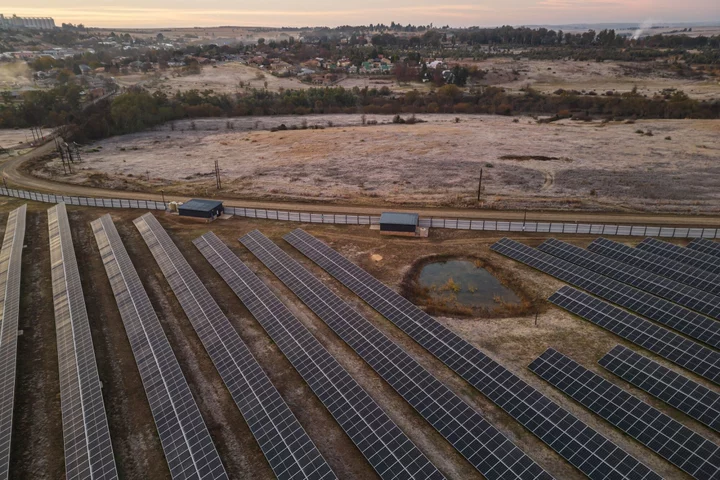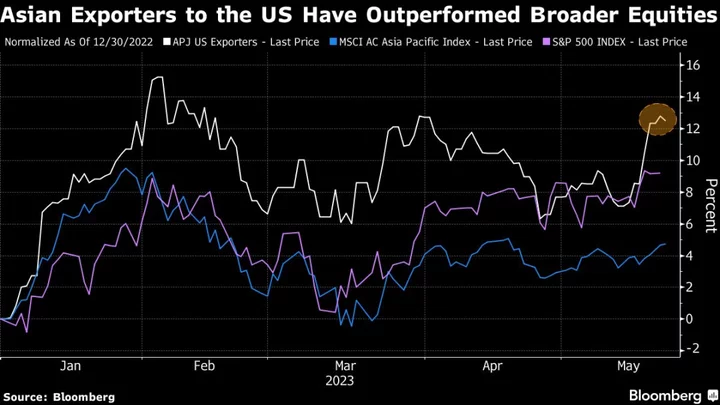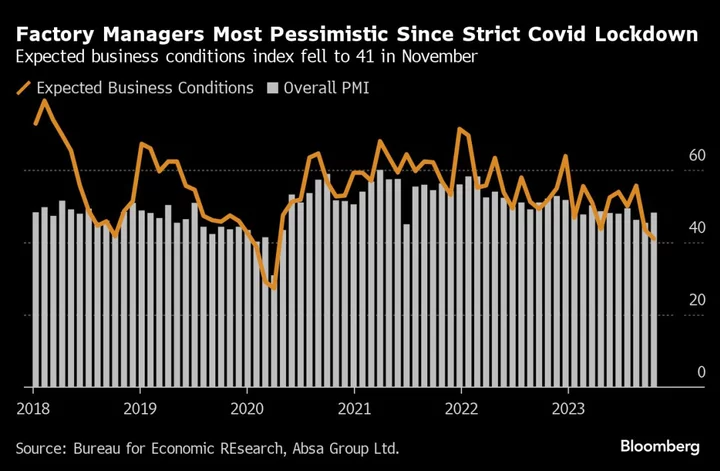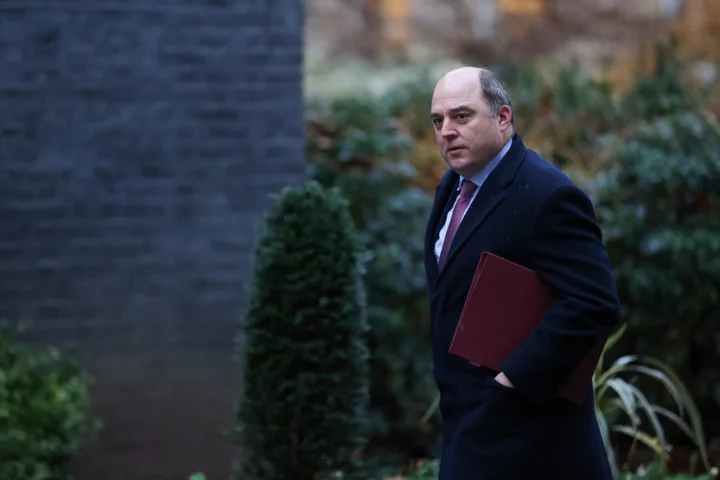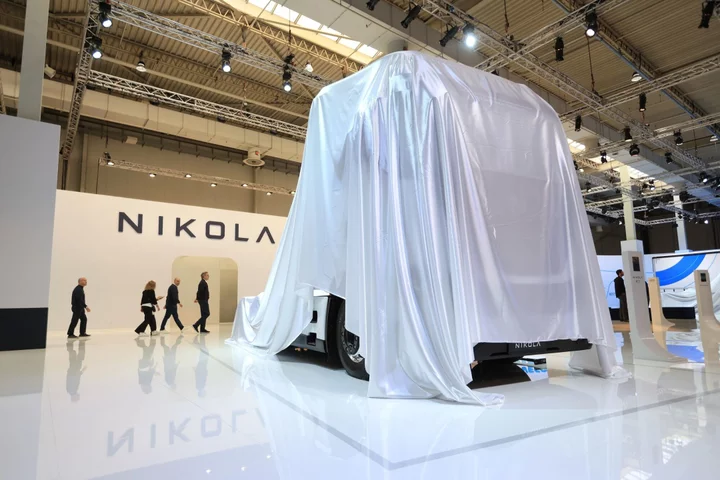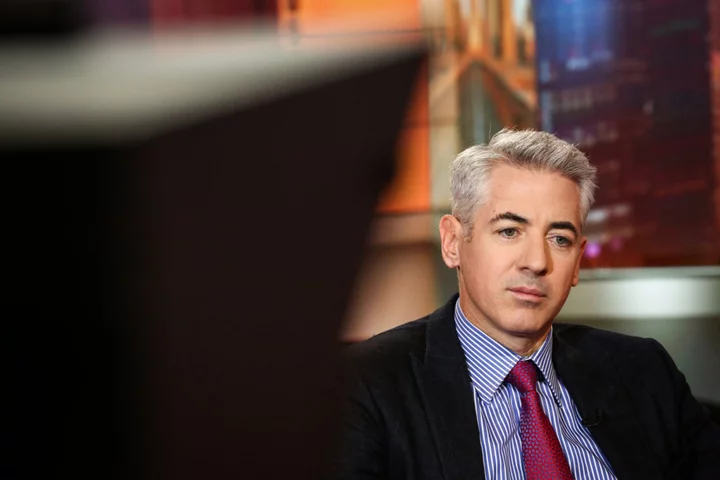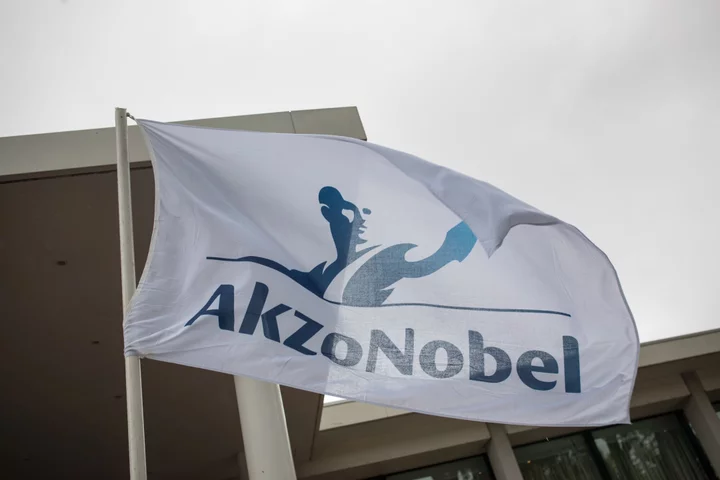The Biden administration awarded $1.2 billion in support of companies looking to pull carbon from the ambient air on Friday. It did so endorsing a specific strategy: that grouping like-minded companies and researchers in hubs is the most effective way to scale the nascent technology.
Projects proposed by a subsidiary of Occidental Petroleum Corp. for Kleberg County, Texas, and by Climeworks AG, Battelle Memorial Institute and Heirloom Carbon Technologies Inc. for Calcasieu Parish, Louisiana, were selected for the first handout of funding. The federal government has said a total of $3.5 billion will go toward direct air capture (DAC) hubs, with the Department of Energy (DOE) saying it plans to issue funding for future awards “in the coming years.”
The DAC hubs are a bet that bringing companies together in central locations can supercharge innovation, both in terms of improving the machines that capture carbon from thin air and how the industry engages with a public that will come face to face with the emerging technology for the first time.
Startups currently have the capability of grabbing a few thousand tons of carbon pollution from the atmosphere each year using machines. That’s exceedingly small, owing in part to high energy needs and the capital costs to build the machines themselves. Cheap storage also remains a challenge. But nearly all scenarios where the world limits warming to 1.5C will require removing billions of tons of CO2 from the air annually by mid-century, whether by mechanical or natural processes.
Improving efficiency will be absolutely crucial to getting the machines to live up to their promise. So, too, will verifying they’re actually delivering on the Biden administration’s goal of removing 1 million tons of CO2 at each hub annually by 2030. (Industry experts also view that as a critical milestone to gauging if DAC can reach the billion-ton scale by mid-century.)
The group overseeing the Louisiana hub has contracted with Gulf Coast Sequestration Inc., a local company that will stash the CO2 captured by Climeworks and Heirloom’s technology. Doing so will pair up a novel constellation of companies and researchers to test new ways of capturing and storing carbon that may otherwise have not worked together. That could help the industry as a whole mature.
“It creates this opportunity not just to have a major facility but also to create a testbed where the second generation of technologies can validate their tech in the real world.” said Giana Amador, the executive director of the Carbon Removal Alliance, whose members include Climeworks and Heirloom.
The DOE, which is overseeing the hubs, has seen some high-profile struggles funding arrays of individual projects. A 2021 Government Accountability Office report found, for example, that the Department of Energy invested $1.1 billion in carbon capture projects — that is, technology to grab CO2 at the smokestack — with what it called “varying levels of success.” That includes $300 million in funding for projects that were never built.
Technological success is only part of the equation for the hubs, though. The Biden administration also said the hubs will have to align with its Justice40 initiative, which is focused on ensuring at least 40% of any federal investment accrues in disadvantaged communities. The Texas and Louisiana hubs have promised to create 2,500 and 2,300 jobs respectively, which would certainly be one way of benefiting locals.
Both will also be situated in areas that have been overburdened with fossil fuel infrastructure, with the Texas hub being led by 1PointFive, a subsidiary of Occidental Petroleum. Scientists view carbon removal’s main role once scaled up as twofold: remediating historic emissions and also tackling problems that can't be addressed through other means such as electrifying cars or installing renewable energy.
But siting hubs in fossil fuel strongholds and funding one run by an oil company could end up perpetuating the industry, said Sara Nawaz, the director of research at American University's Institute for Carbon Removal Law and Policy. She added it could be perceived as greenwashing, which could also color the public’s perception.
“This will be really the public's first physical interaction with a direct air capture facility, which gives us a lot of good information about how we do community engagement and environmental justice engagement on these projects,” Amador said.
A misstep — whether a failure to deliver promised jobs or promised carbon removal — would make the pathway to scaling DAC rapidly much harder. If the large hubs don’t find innovative ways to engage with the public or otherwise stumble, the results could hurt the industry’s long-term prospects.
“It’s really key to do engagement well because if you don’t, then you risk the whole technology being discarded or taken off the table,” Nawaz said.
The stakes are very high. In a report earlier this year, carbon removal policy nonprofit Carbon180 noted there’s a “small margin for error for scaling DAC.”
There’s also a lot of money on the line. Beyond the DOE’s investment $3.5 billion program to fund a total of four hubs, there are also tax credits built into the Inflation Reduction Act that companies working on DAC could cash in on. All told, the market for carbon removal including DAC and other techniques could reach $1 trillion by 2037, according to BloombergNEF estimates. That will hinge on a lot of things lining up, from policies to community support. And the hubs could well be the starting point for that line to form.


